Norway Spruce Tree Info: Care Of Norway Spruce Trees
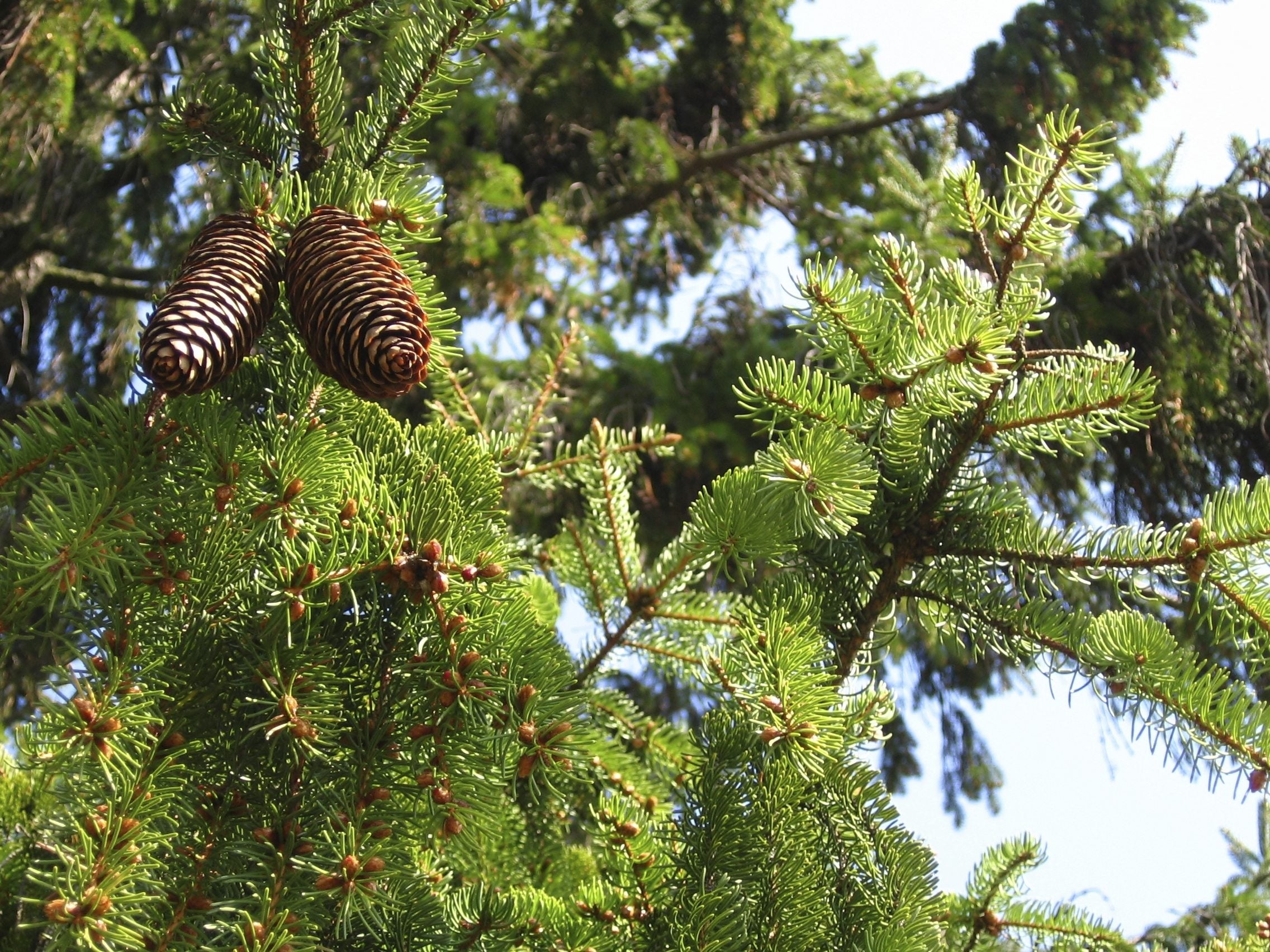

Norway spruce (Picea abies) is a tough conifer that makes for an easy-care landscape tree in USDA plant hardiness zones 3 through 7. It is also planted extensively for forest restoration and windbreaks. Planting a Norway spruce is easy because it competes well with grass and weeds and requires no site preparation. Read on for more information about care of Norway spruce trees.
Norway Spruce Tree Info
The Norway spruce tree is native to Europe. However, for over a century it has been planted in this country for both ornamental and utilitarian purposes. The tree roots are strong and the trees can withstand high winds, making them excellent windbreaks. The trees bear stiff evergreen needles up to an inch (2.5 cm.) long, colored a shiny forest green. The bark is a red-brown and furrowed. The seed cones are large and can grow 6 inches (15 cm.) long. They mature in the fall.
Norway Spruce Growth
Norway spruce growth is exceptional. The trees grow relatively fast – up to 2 feet (61 cm.) a year – and their crowns develop a pyramid shape. The branches may drupe slightly at the tips, giving the trees a graceful allure. If you are thinking of planting a Norway spruce tree, it is important to understand that the tree can reach 100 feet (30.5 m.) or more in the wild and live for centuries. Although the tree stays shorter when cultivated, homeowners often underestimate the space the tree takes when mature.
Planting a Norway Spruce Tree
The more Norway spruce tree info you have, the more you will see that planting a Norway spruce tree is a good idea. The tree has many good attributes. First, you won’t need to clear out grasses or work the land to prepare a site for planting a Norway spruce tree. This spruce competes against grasses and weeds, and wins. In addition, the tree is drought tolerant. As a conifer, it can go into shut-down mode when irrigation is lacking. At the same time, it is one evergreen that tolerates wet soil. Plant it in marshy soil and it will thrive. You can plant Norway spruce in sun, shade, or partial shade and it grows just the same. It is tolerant of poor soil but also grows in rich, fertile soils. Pest resistant, the trees hardly ever fall victim to insect damage or disease. Deer and rodents leave Norway spruce alone.
Care of Norway Spruce Trees
Required Norway spruce care is minimal. If you plant the tree with sufficient elbow room, you may not have to lift a finger other than providing an occasional drink during dry periods. Unlike many trees, the Norway spruce does not produce suckers. It is because of this, the tree is not invasive. Digging out suckers is not part of Norway spruce care.
Gardening tips, videos, info and more delivered right to your inbox!
Sign up for the Gardening Know How newsletter today and receive a free copy of our e-book "How to Grow Delicious Tomatoes".

Teo Spengler is a master gardener and a docent at the San Francisco Botanical Garden, where she hosts public tours. She has studied horticulture and written about nature, trees, plants, and gardening for more than two decades. Her extended family includes some 30 houseplants and hundreds of outdoor plants, including 250 trees, which are her main passion. Spengler currently splits her life between San Francisco and the French Basque Country, though she was raised in Alaska, giving her experience of gardening in a range of climates.
-
 Looking For Plants To Give You The Soft And Fuzzies? Try These 5 Fuzzy Leaf Plant Options
Looking For Plants To Give You The Soft And Fuzzies? Try These 5 Fuzzy Leaf Plant OptionsLovers of texture, drama, silver foliage and tactile plants will adore these special sensory garden additions. These fuzzy leaf plant options will leave you all aglow
By Susan Albert
-
 Get Ready For A Summer Of Hummers! Grow These Full Sun Hummingbird Plants and Flowers
Get Ready For A Summer Of Hummers! Grow These Full Sun Hummingbird Plants and FlowersIf you’re lucky enough to enjoy a sunny backyard, make sure you are maxing out on your pollinator opportunities and grow these full sun hummingbird plants and flowers
By Tonya Barnett
-
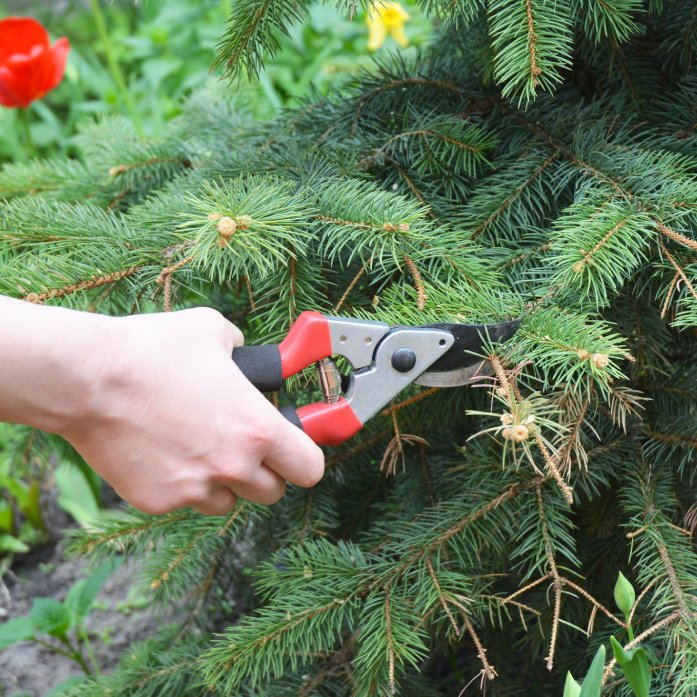 Spruce Pruning Essentials: Best Clipping Care for Healthy Spruce Trees
Spruce Pruning Essentials: Best Clipping Care for Healthy Spruce TreesFor the most part, spruce pruning is not necessary, but it’s good to know how and when to remove damaged branches or control their size.
By Teo Spengler
-
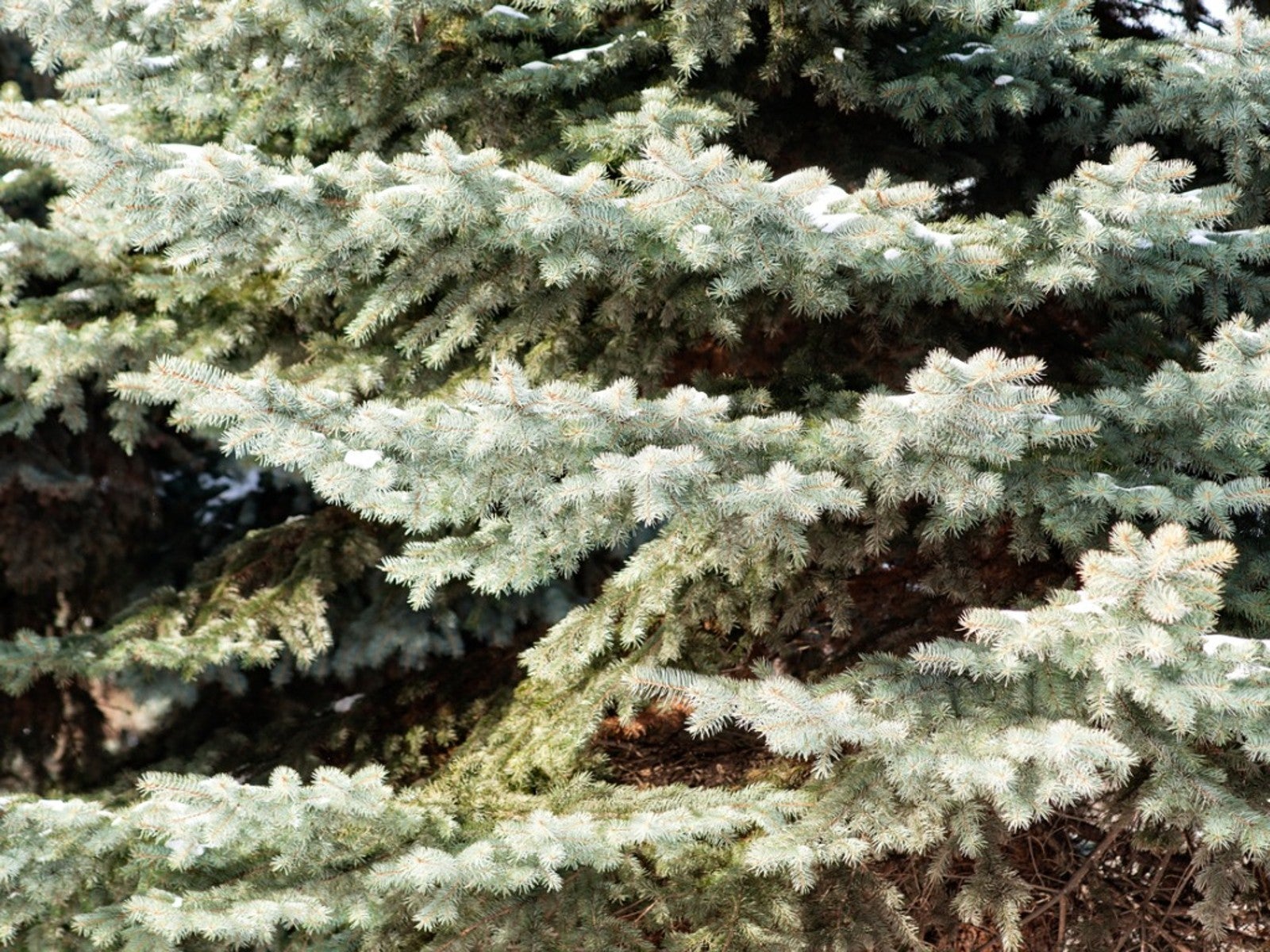 Engelmann Spruce Information – Where Do Engelmann Spruce Grow
Engelmann Spruce Information – Where Do Engelmann Spruce GrowWhere do Engelmann spruce grow? If you live in a cold zone, these trees might just be your neighbors. Click for more Engelmann spruce info.
By Teo Spengler
-
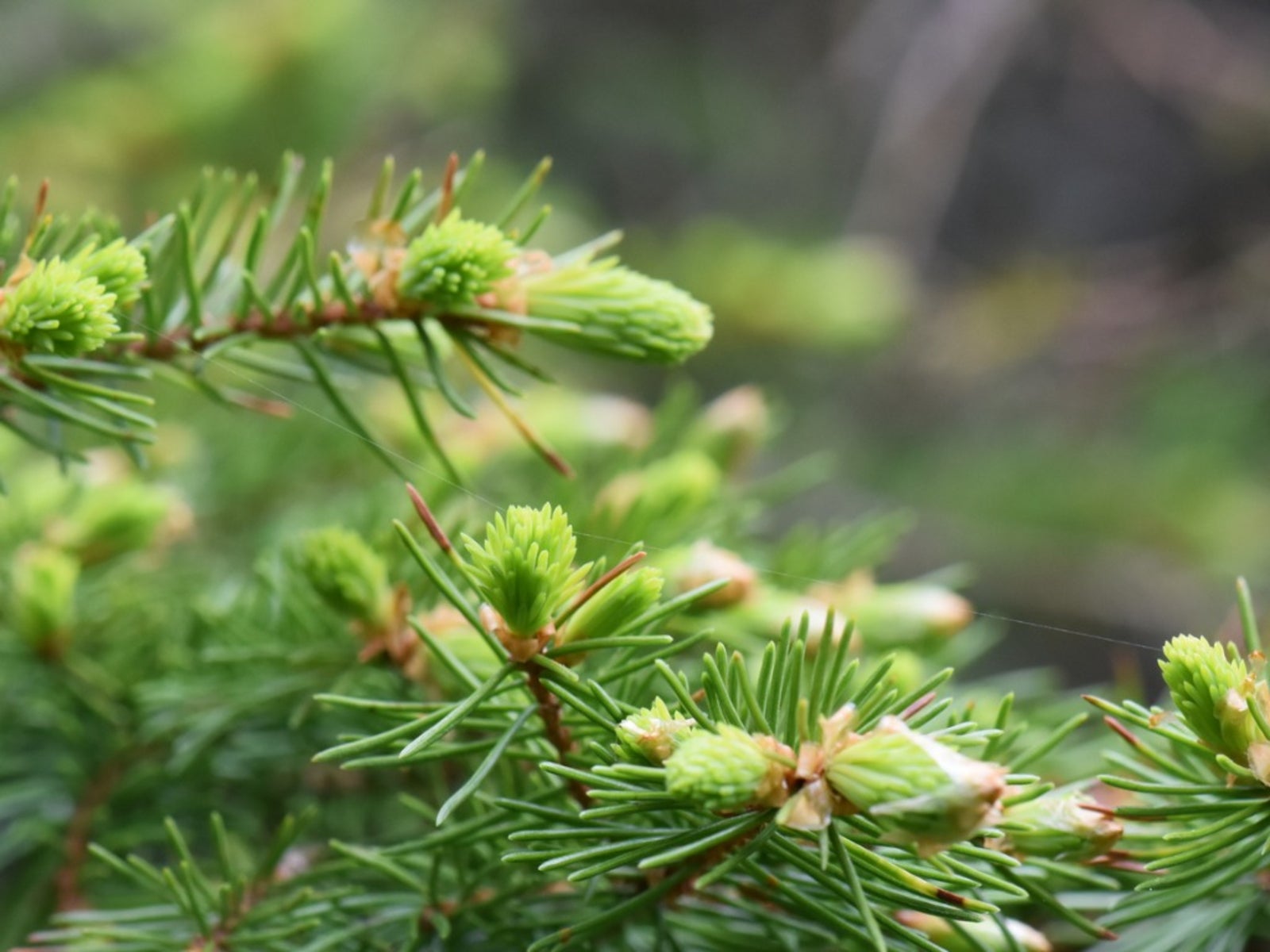 Spruce Needle Rust Control – How To Treat Spruce Needle Rust
Spruce Needle Rust Control – How To Treat Spruce Needle RustAre needles on the ends of spruce branches turning yellow, with the bottom branches most severely affected? It could be spruce needle rust symptoms. What is spruce needle rust, you ask? Click this article to learn more and discover how to treat spruce needle rust.
By Shelley Pierce
-
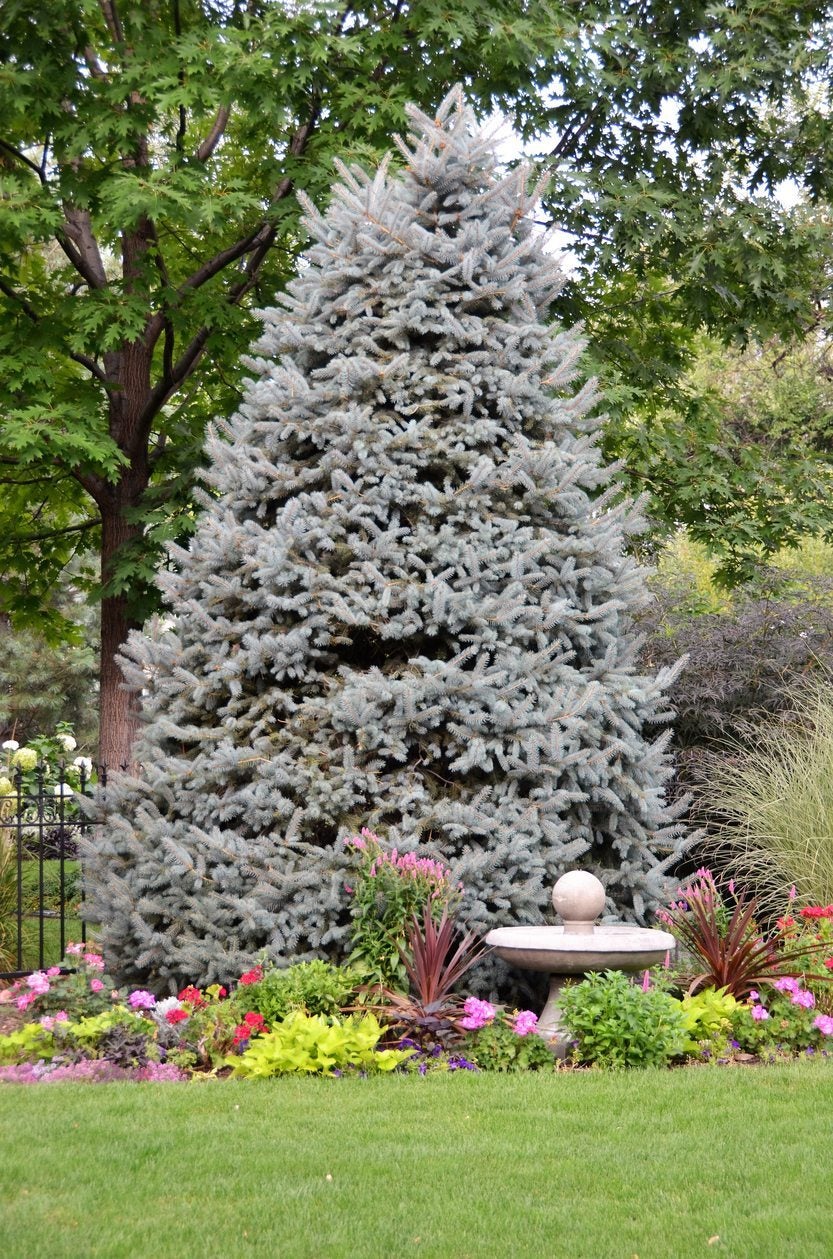 Blue Wonder Spruce Info: Tips For Growing Blue Wonder Spruce Trees
Blue Wonder Spruce Info: Tips For Growing Blue Wonder Spruce TreesBlue Wonder spruce trees are great additions to formal gardens or as container plants. These small, conical-shaped evergreens are prized for their shape and for the beautiful, blue-gray color of their needles. Learn more about them in this article.
By Mary Ellen Ellis
-
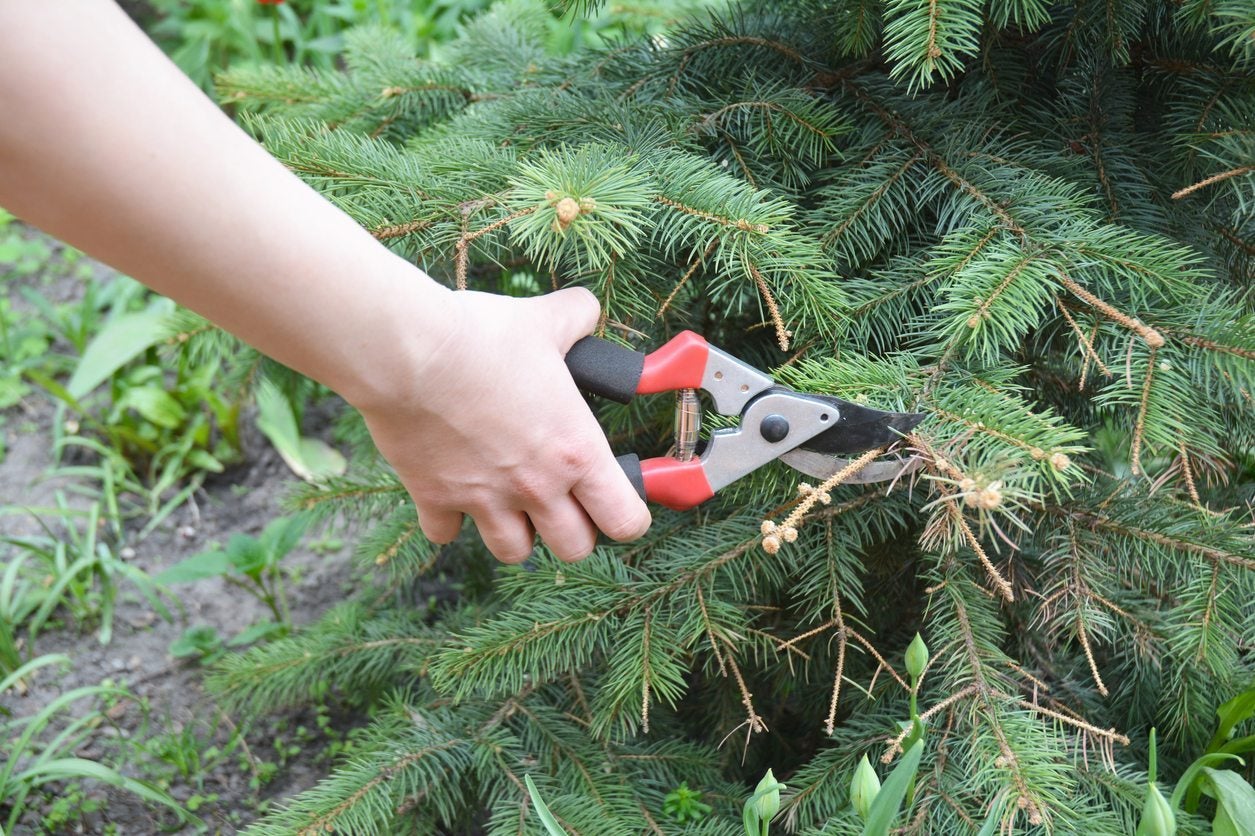 Cutting Back Dwarf Spruce: How To Prune Dwarf Spruce Trees
Cutting Back Dwarf Spruce: How To Prune Dwarf Spruce TreesDwarf spruce trees, despite their name, do not stay especially small. Whether you're looking to cut back a large dwarf spruce or just keep one nicely shaped, you need to do a little bit of dwarf spruce pruning. Learn more about how to prune dwarf spruce trees in this article.
By Liz Baessler
-
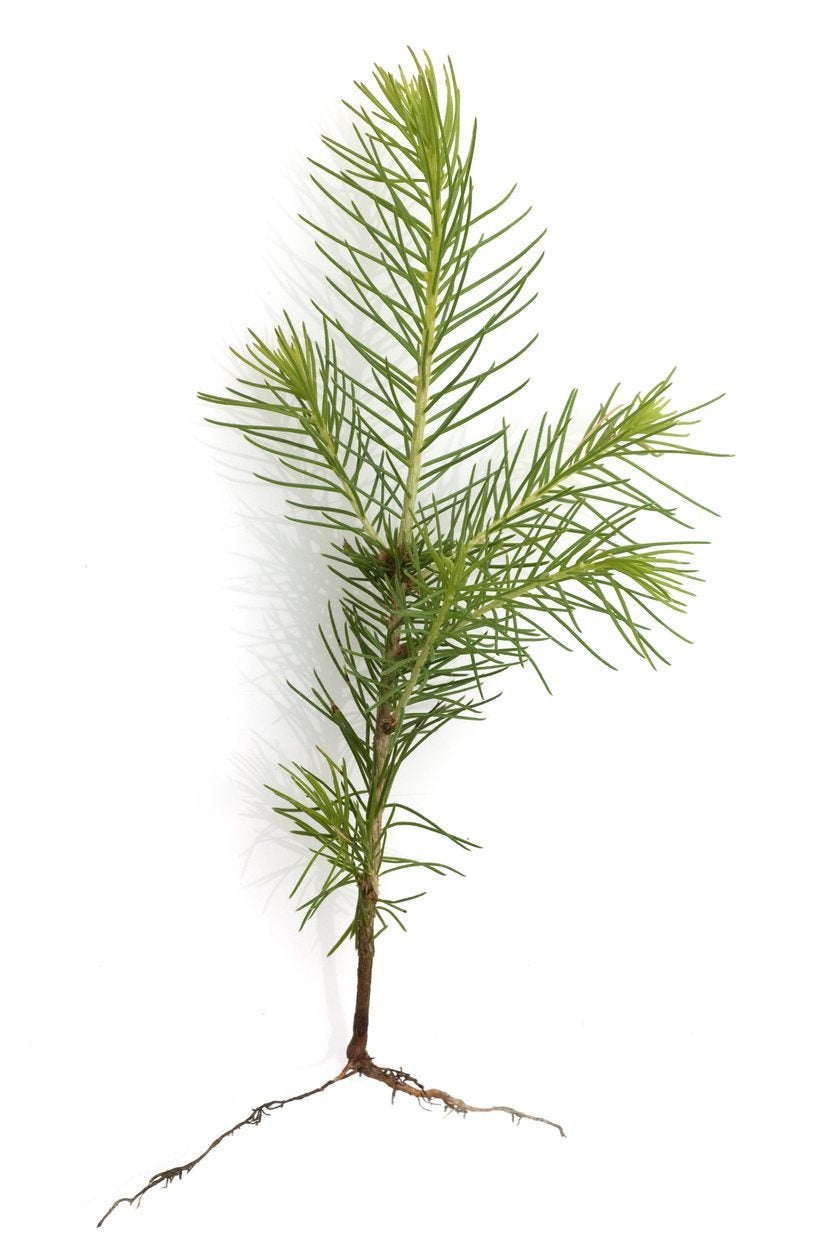 Growing New Spruce Trees – Learn How To Propagate A Spruce Tree
Growing New Spruce Trees – Learn How To Propagate A Spruce TreeSpruce tree propagation refers to the different ways that spruce trees reproduce. How to propagate a spruce tree? The methods include growing spruce tree seeds and cuttings. If you are interested in learning about propagation methods for spruce trees, click here.
By Teo Spengler
-
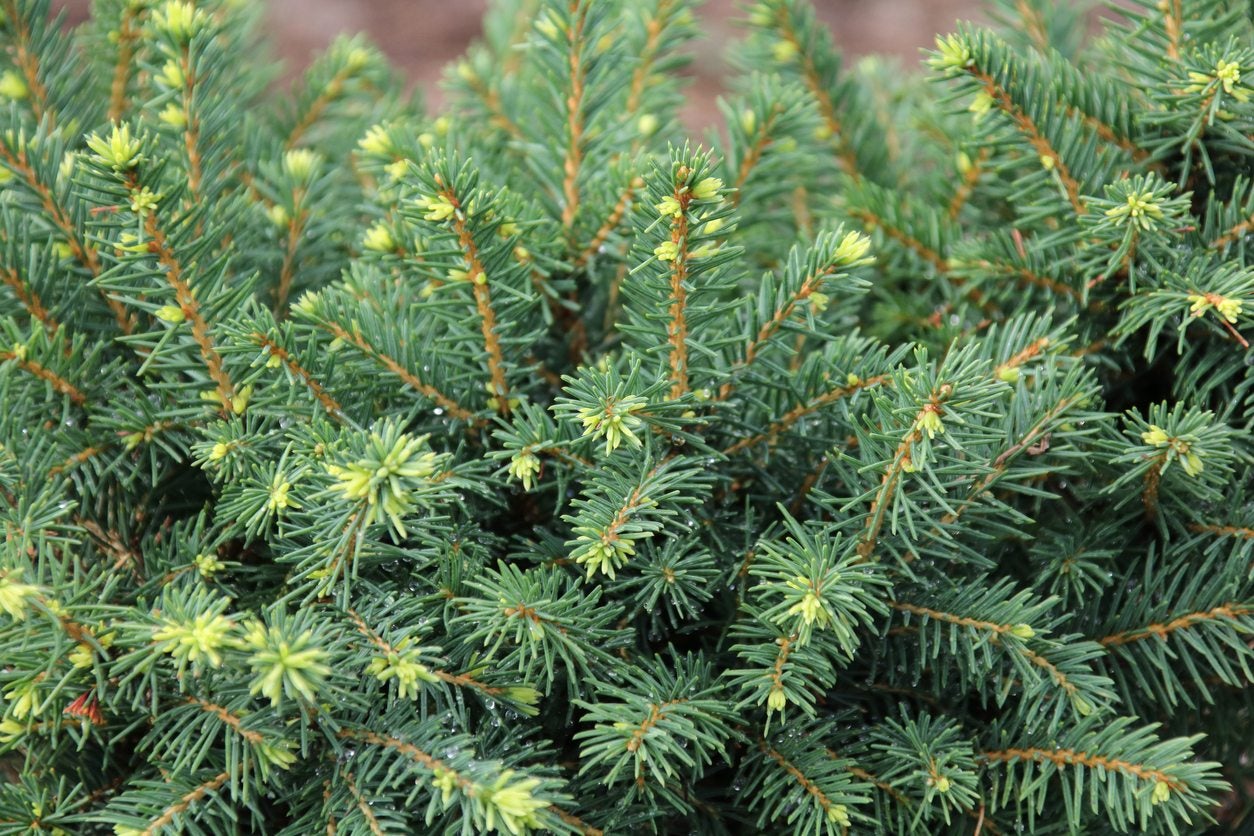 White Spruce Info: Learn About White Spruce Tree Uses And Care
White Spruce Info: Learn About White Spruce Tree Uses And CareThe white spruce is one of the most popular Christmas tree choices. It's very hardy and easy to grow. Click on the following article to learn more white spruce information, including tips on growing white spruce trees and white spruce tree uses.
By Liz Baessler